|
Type 2 diabetes doesn’t usually appear all of a sudden. Many people have a long, slow, invisible lead-in to it called pre-diabetes. During this period, blood sugar levels are higher than normal. However, they’re not high enough to cause symptoms or to be classified as diabetes. It’s still possible at this stage to prevent the slide into full-blown diabetes. Pre-diabetes is a wakeup call and with strict lifestyle modification one can reverse the condition or prevent the ravages of diabetes. One reason many people don’t know that they may be headed toward diabetes is they’ve never had their blood sugar tested. This simple test, strangely, isn’t part of routine preventive care. To hear the wake up call, timely screening of diabetes is a must. Who should get screened?
Getting the wake-up call of pre diabetes can be very useful. A three-part strategy can keep people with it from ever getting diabetes. The strategy includes modest weight loss, increased physical activity, such as walking 30 minutes a day, and choosing a healthier diet. In addition to helping stave off diabetes, these lifestyle changes can also help protect against heart attack, stroke, bone-thinning osteoporosis, and a host of other chronic conditions. Six simple steps one can take once you hear the wake-up call:
2 Comments
The benefits of physical activity for diabetes control and general health are wide-ranging and well established and include controlling weight, reducing stress, and improving blood glucose levels. Exercise can help you improve your blood sugar control, boost your overall fitness, and reduce your risk of complications. But for people with diabetes, exercising poses it own challenges. To exercise safely, it's crucial to track your blood sugar before, during and after physical activity. With time you'll learn how your body responds to exercise, which can help you prevent potentially dangerous blood sugar fluctuations. In order to stay energized throughout the day and give yourself the right fuel for a workout, always make sure you eat healthy snacks. Snacking can easily make or break your results, especially if you are one to go for sugar-filled, empty-calorie snacks. I get asked all the time what the perfect pre- and post-workout snacks are for the body. Eating the right food at the right time both before and after your workout can definitely help the body with energy levels, hydration, endurance and recovery. Before workout: Before you exercise, you want to have a snack that will provide your body with good carbohydrates so you have sustained energy to last throughout your workout. It’s good to eat around 40-60 minutes prior to working out so your body has had time to digest.
Post-workout:
After your workout, it’s still good to have a snack with carbohydrates to replenish your energy stores. However you also want to make sure it has good protein levels. That’s because protein is what helps our muscles repair themselves after a workout. Here are some high-protein snacks that I love to eat post-workout.
Not to forget nature’s best electrolyte drink: coconut water that works pre, during or post work out. Remember how you fuel your body both before and after exercise can make a major difference to your performance and results. |
Author
|

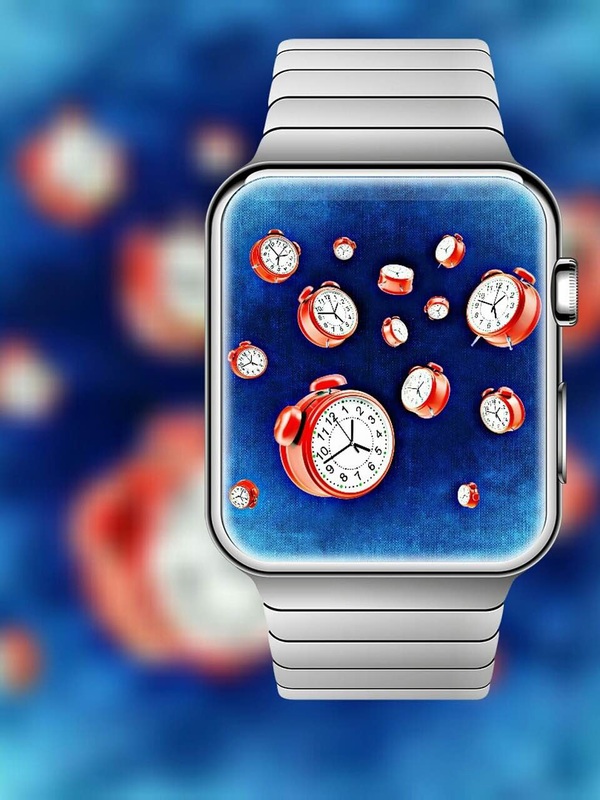
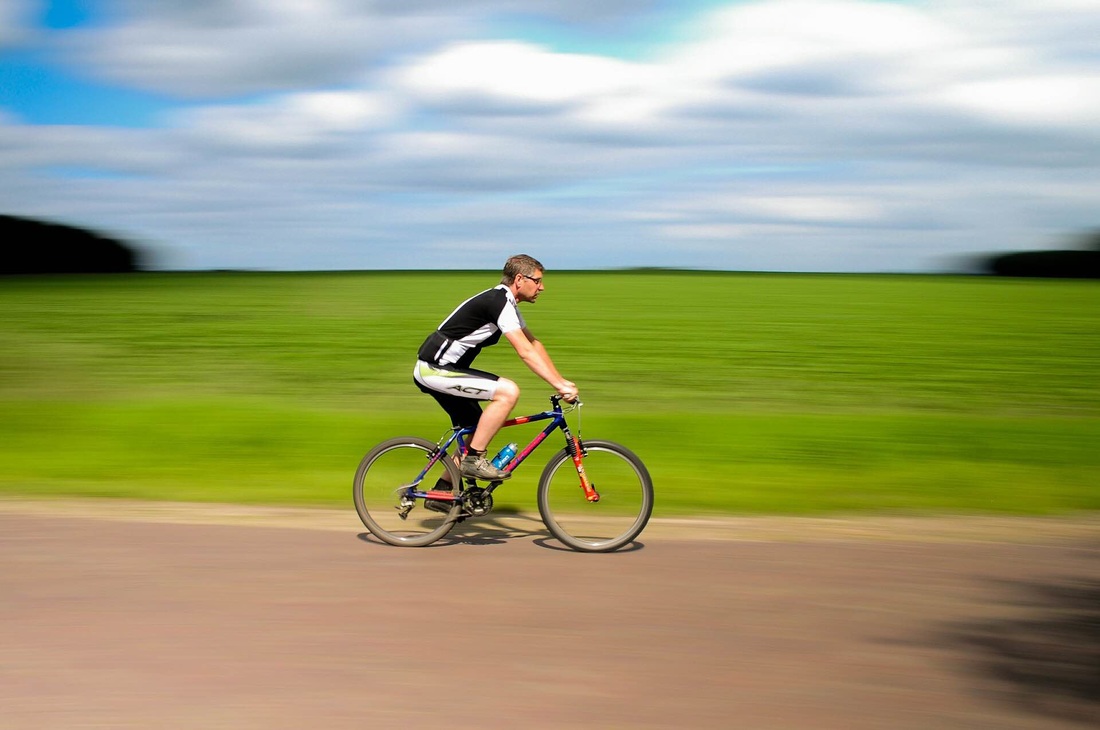

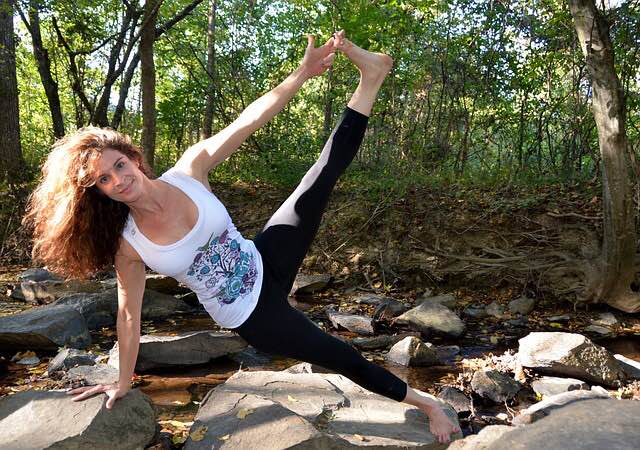
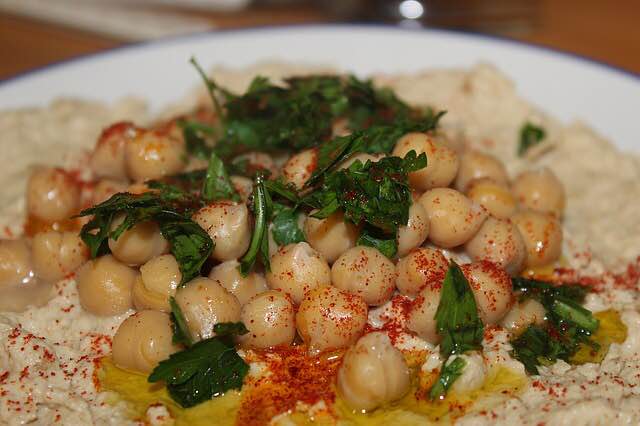
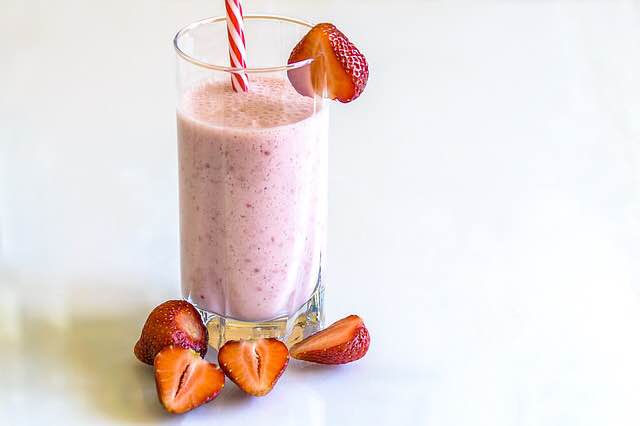

 RSS Feed
RSS Feed
